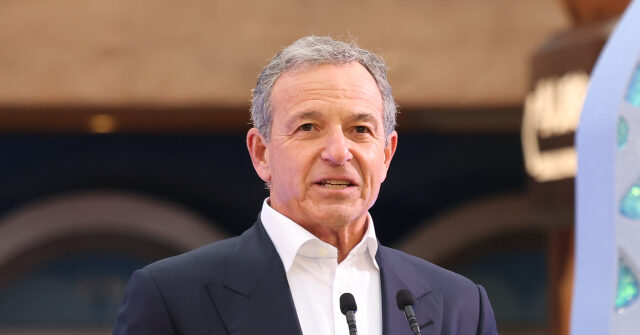The Walt Disney Company is grappling with significant financial challenges, prompting a recent downgrade of its stock by Raymond James analysts. They indicated that Disney’s theme parks, once considered a key revenue source for the company, are experiencing ongoing difficulties that are exacerbated by a decline in consumer demand. This downturn aligns with broader economic pressures, such as record-high inflation rates affecting household spending. Many families are reassessing their discretionary expenditures, leading to reduced attendance at theme parks and other pricey vacation options that Disney offers.
In its latest quarterly earnings report, which was released in August, Disney acknowledged these financial woes, particularly citing inflation as a driving factor behind the anticipated decline in income from its “Experiences” division. This division encompasses theme parks, cruise lines, and various live entertainment offerings. The situation is dire enough that Disney Chief Financial Officer Hugh Johnston noted that lower-income consumers are particularly affected, significantly impacting their ability to visit the parks as frequently as in the past. This is underscored by a reported 6% drop in operating income from Disney’s Experiences division for the most recent quarter.
Historically, Disney parks served as steady financial anchors, predominantly attracting middle and working-class families who often save for years to afford the trips. However, under the Biden-Harris administration’s economic policies, the sharp increase in consumer prices has forced many families to scale back on expenses to prioritize essentials like groceries and rent. Consequently, the elevated costs associated with a trip to Disney are becoming less feasible for many potential visitors, leading to a contraction in attendance and revenue generation from this critical segment.
Adding to their woes, Disney has recently announced further layoffs, eliminating around 300 corporate-level jobs across various divisions, including legal, human resources, finance, and communications. This move follows a significant global reduction of 7,000 positions last year, a strategy initiated by CEO Bob Iger, who aims to achieve expanded cost savings of approximately $2 billion. Layoffs within such a venerable organization signal serious financial distress and strategizing to maintain profitability amidst increasing operational costs and a shifting market landscape.
Meanwhile, efforts to bolster the company’s position through new streaming content have also faced challenges, with several recent projects underperforming financially. Among these is “The Acolyte,” the latest addition to the Star Wars franchise, which was canceled after just one season despite its substantial advertisement and a budget estimated at $231 million. The series drew controversy for its thematic elements, including a portrayal of a coven of witches and the inclusion of a prominent transgender actor. This led to polarizing responses from the fan base, with the show’s creator admonishing those expressing dissenting views as not being true fans of the franchise.
As all these aspects unfold, Disney must navigate a complex web of financial, operational, and social challenges. With increased scrutiny on both their business decisions and the critical reception of their creative ventures, the impact on the company’s long-term viability remains uncertain. Decisions made now regarding staffing, project development, and pricing strategies will play a considerable role in the company’s efforts to regain its footing in an increasingly competitive and economically strained environment.

